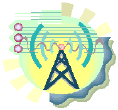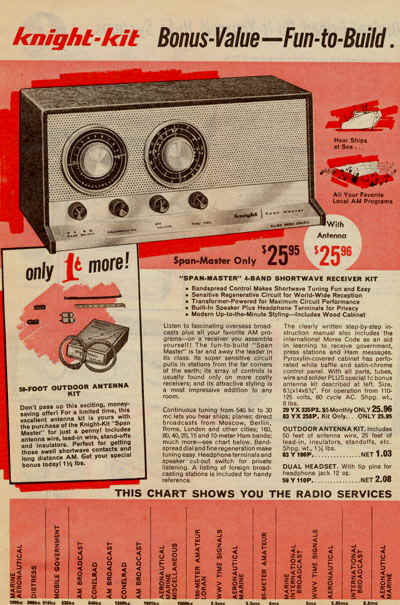Welcome to Handiham World!

This is your last Handiham World for the year 2011, as we are closed next week. It has been a pretty good year overall, with lots of good ham radio news. The burgeoning sunspot cycle has helped make HF operating really fun again, and the recent reports of record numbers of amateur radio licensees have been heartening to those of us who are worried about the future of our hobby. I have my Google News page set up to show ham radio stories, and I'm always finding out about great, positive things our fellow amateurs are doing in their communities.
This gets me to thinking about a recent post I came across on a ham radio mailing list. It was a response to a previous post, scolding the original poster for not posting relevant material. Actually, the original post was a rather pleasant report about how several candidates had passed their exams at a VE session. You can guess that the original poster, feelings hurt, felt pretty unwelcome. It really doesn't matter who was right or wrong about the relevance of the content. Most of the subscribers liked the original post and asked the poster to please stay on the list. One thing for sure is that everyone felt a little less cheer after reading though all of that stuff. Sometimes the same thing happens on the air, though less frequently, thank heaven.
Let's see what it takes to stay positive. Sometimes it is necessary to be a bit more deliberate in what we do and say. Will what we say to someone on the air or on an Internet mailing list actually solve a problem? Is the problem so serious that it requires a comment? Is there a tactful way to say it?
Much of getting through one's day depends on knowing when to speak up and when to keep your counsel. In the vernacular, you might say, "Don't sweat the small stuff", or "Pick your battles."
It really makes very little sense to risk hurt feelings over who didn't bring a dish to pass at the club picnic. On the other hand, it is definitely reasonable to call someone to task for illegal or unsafe behavior. Learning this kind of diplomacy is not something one does without some time and effort. As a married man and a father, I have learned over the years that teamwork is more important than determining who is right or wrong in running a household. It doesn't matter who forgot to take the dog out or left the garage door open. It will do no good to take the attitude that fixing blame for such things somehow earns points for you. The positive thing to do is to take the dog out and close the garage door yourself. If the problems persist, figure out a way to solve them, perhaps with a reminder on your family smart phones or computers.
Let's practice! Your club newsletter editor has made an error, listing the date of the club's flea market wrong. Do you:
- Get on the club Internet mailing list and immediately complain about the newsletter, the editor, and the overall lack of quality in "this day and age"?
OR... - Notify the newsletter editor politely about the error and offer to help get the word out about the correct date for the event?
Ha, ha, this isn't really all that difficult. If you went with answer number one, you are probably going to be appointed newsletter editor when the other guys quits. If you correctly chose the second answer, you are a positive problem-solver. As a bonus you are seen as a team player and don't have to learn how to edit the newsletter on short notice!
We are on a roll here with positive news about ham radio every day. Now let's all try to be positive problem-solvers behind the scenes, making amateur radio more fun than ever in 2012.
For Handiham World, I'm...
Patrick Tice
wa0tda@arrl.net
Handiham Manager
wa0tda@arrl.net
Handiham Manager










